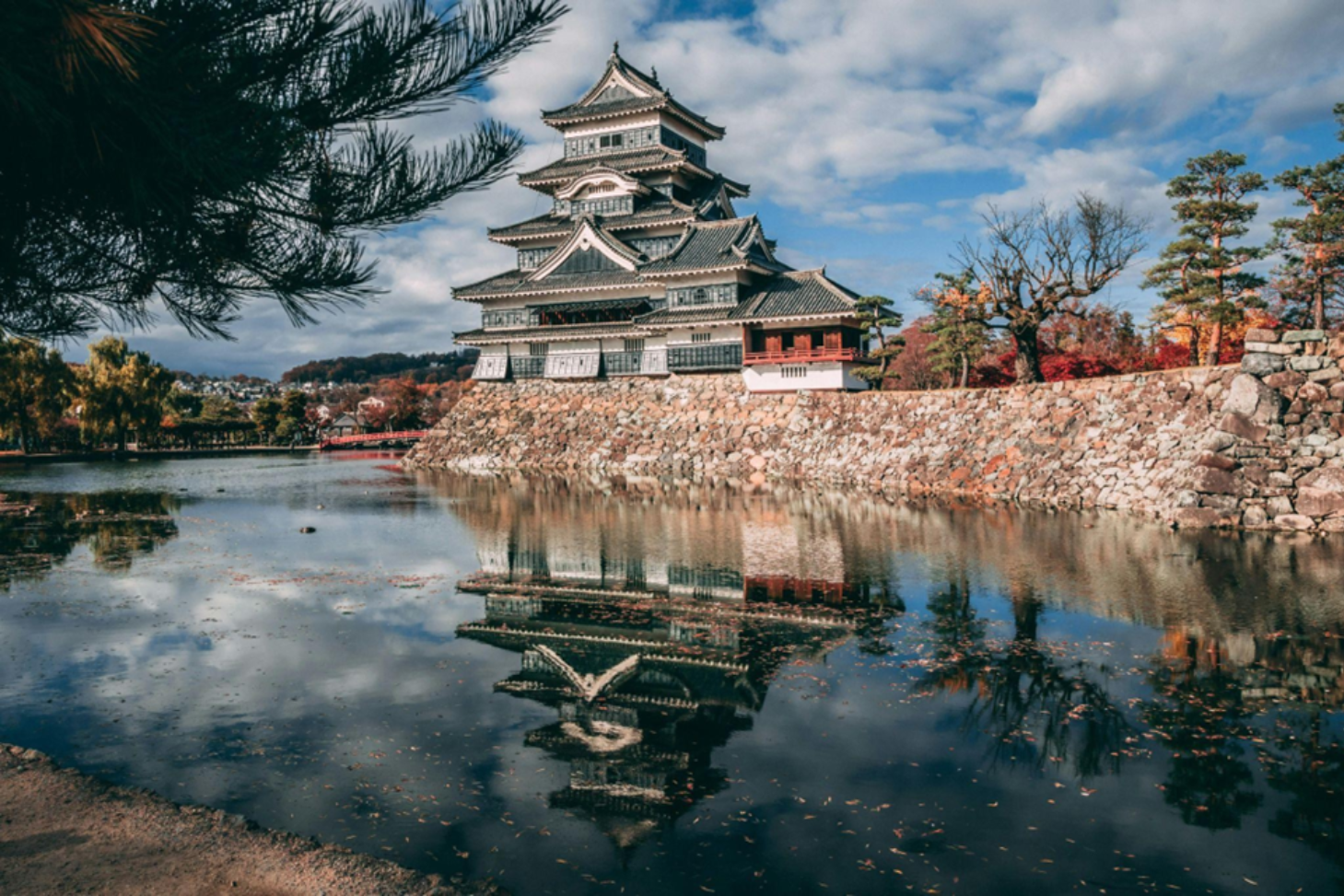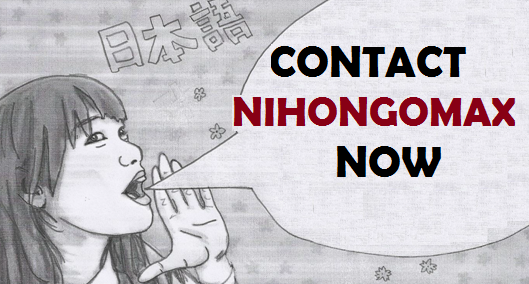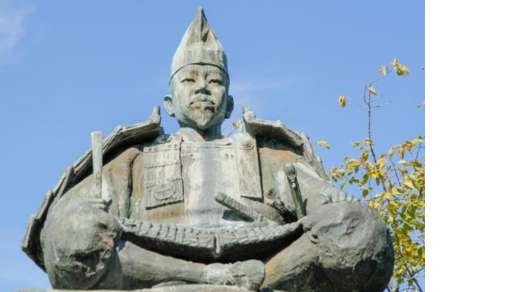


You must have seen those cool warriors in Japanese movies or anime, who wear armors, carry swords and move with a sense of strength and discipline. These warriors are known as samurai in Japan. They are not just fictional characters but real people that once were an important part of Japanese culture. Samurai were present in Japan for centuries and they lived by special code of honour and helped in enriching the culture and history of Japan. In this we will explore who were samurai, what is their legacy and are they important to know about.
So, earlier during the Heian period (794–1185), you can say Japan was divided into various regions ruled by powerful leaders called “lords”. These lords needed trained fighters or some type of soldiers to help protect their lands and maintain peace with the other lords. This way the concept of samurai came about. The samurai were fighters who served the lords to protect their region in Japan. Also to note here that the word samurai comes from the word “saburau” which means “to serve”.

So, samurai were not just good at fighting but they had other characteristics as well that made them special. A samurai always followed a set of rules and values called “bushido”. Bushido means “the way of the warrior” and no samurai can ever deviate from these rules. Samurai were supposed to be cultured, literate and wise, not just fighters. The rules of being a samurai include:
Being always be loyal to their master
● Be brave and strong
● Stay calm and in control, even during tough times
● Tell the truth and act with honor
● Respect others, even their enemies
If a samurai broke any of these rules, they would lose their honour. And some would even perform seppuku, “ the ritual suicide”. They believed it was better to die than live without integrity. These values and rules make the samurai a “great fighter” over a good one.
As Japan as a country became more peaceful with fewer wars happening especially from the Edo period (1603–1868), the samurai started living more of a quiet life with structure and artistic expression. There were less sword fights as we imagine and more of learning and expressing.
Samurai were not just warriors but they were also scholars and learned individuals. Boys born in samurai families would start reading, writing, mathematics, calligraphy and even poetry from a young age. They would be taught classical Chinese and Japanese literature. They would be taught important lessons from Buddhism, Confucianism, and Shinto. All these learnings would eventually shape their values and characters as a person.
Not just the above skills, but many samurai during that time learnt other skills such as:
Tea ceremony (chanoyu): the art of preparing and hosting japanese tea
Ikebana – the Japanese art of flower arrangement
Painting and poetry
Noh theatre and music – these performances are deeply emotional and symbolic
And not to mention they learnt these skills for physical discipline and training:
Kenjutsu – the art of swordsmanship
Archery (Kyūdō) – which was also seen as a form of meditation
Jujutsu – hand-to-hand combat
Horse riding – important for battlefield mobility
As the Meiji restoration marked the end of the feudal era in 1868, the samurai class formally dissolved. Japan started to change quickly, adopting modern military systems and creating a new kind of army like that of the western world. This also marked the ban of carrying swords in public, ending of stipends to the samurai and replacement with the modern soldiers.

Even though the samurai era already ended about 150 years ago, we still continue to talk and learn about samurai class. This is due to many reasons but mainly because of how they lived, what they stood for and their values. These characteristics about samurai continue to inspire people from all over the world even today.
Bushido was about living with:
● Loyalty to one's leader or cause
● Respect for others, even in conflict
● Courage in the face of fear
● Discipline and self-control
● Honour—always doing what is right, no matter the cost
These are some universal values that people honour and want to develop in themselves as well. That is why samurai become an ideal to the people who also respect these values.
People still practice martial arts like kendo (a type of sword fighting), which came from samurai training.
Movies, anime, shows, and books etc. continue to portray samurai in their works and themes. Their legacy continues to live through these media.
And the final piece that is helping the samurai legacy keep alive are the real places that remind us of the samurai. How they lived, what they did and their memories. You can visit old samurai houses, castles, and museums in Japan that help one imagine and feel the era of samurai.
Thankyou for reading!